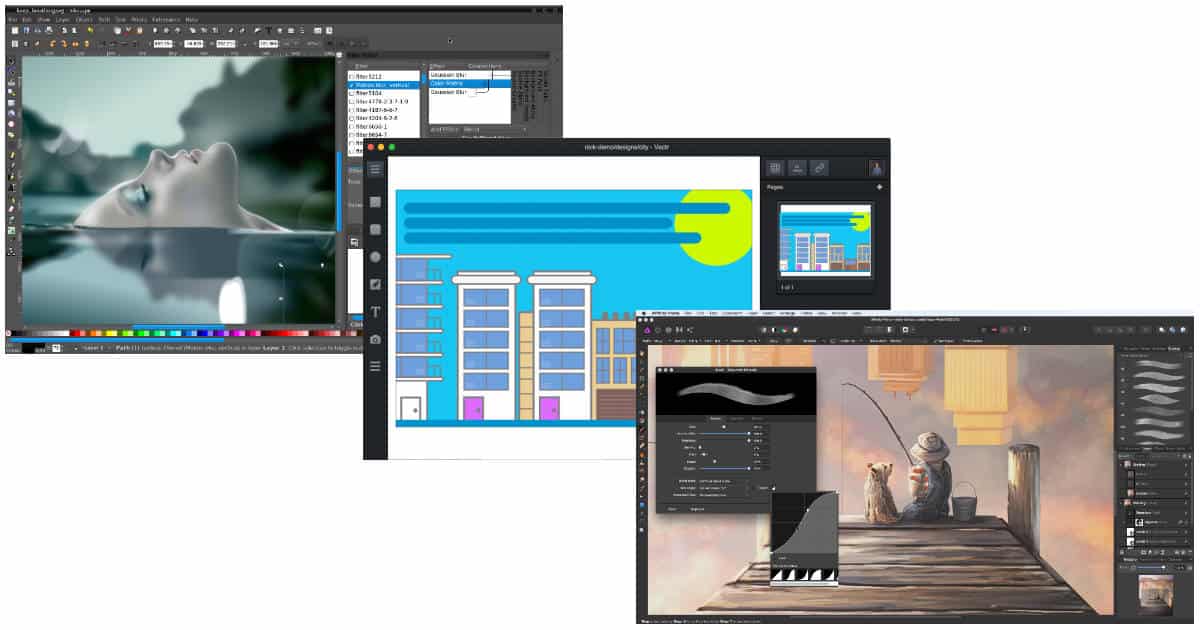What Format To Make Seagate To Use For Mac And Windows
How to open outlook for mac archive.olm. I have a seagate 500GB expansion drive which i brought about a year ago. I was using windows at that time, so i had no problem with it. Recently, I have switched to mac and saw that my hard disk was not writable on mac. One of my friends told me that I had to format the hard disk on mac, but I checked it on the internet that if we do it, we would not be able to write anything on it from windows.
You can format your external hard drive from either the PC or Mac. Just keep in mind if you want to use your drive also for OS X’s Time Machine backups, we advise you to format your drive through Mac because there is an additional step to make drive compatible with “Time Machine Backups”. Format external drives to Mac OS Extended before using with Aperture Tips on preparing a new external hard drive for use with Aperture. Microsoft office for mac. You may wish to use an external FireWire or USB hard drive to store your Aperture Library, referenced images, or Vaults. If you own a Windows computer, the hard drive in your system is probably running the NTFS format, which stands for New Technology File System. While the “New” is originally referring to the year 1993, it has since been improved and updated over the years.

I have a lot of data in it and I don't want to format it without the right information. So, is there any way to make it writable both on windows AND mac???? I need this as my school has windows pc's and I have a Mac, so it would be convenient that way.
Photo by Sharon Vaknin/CNET If you need to expand your storage space with an external hard drive and you use both Mac and PC, you'll likely run into a few obstacles. Hard drives advertised as being compatible with Windows and Mac OS may have misled you into thinking you could actually use one hard drive for both computers. You can, but not out of the box. Most external hard drives (HD) are sold in a format called NTFS, which is designed to work with Windows. Macs read and write to a different format, called HFS+. Another format, called FAT32 is compatible with both OS platforms. Can you use evaportaed milk for mac and cheese.
Here's a look at how the different HD format types function: FAT32 (File Allocation Table) - Natively read/write FAT32 on Windows and Mac OS X. - Maximum file size: 4GB - Maximum volume size: 2TB NTFS (Windows NT File System) - Natively read/write NTFS on Windows. - Read-only NTFS on Mac OS X - Native NTFS support can be enabled in Snow Leopard and above but has proven instable. - Maximum file size: 16 TB - Maximum volume size: 256TB HFS+ (Hierarchical File System, aka Mac OS Extended) - Natively read/write HFS+ on Mac OS X - Required for Time Machine - Maximum file size: 8 - Maximum volume size: 8EiB Isn't FAT32 the obvious solution? According to the list above, formatting your hard drive to FAT32 so that you can read and write on either OS seems like the obvious solution. The video and directions below will guide you through the process, but before you format your HD to FAT32, beware of these drawbacks. • FAT32 offers no security, unlike NTFS, which allows you to set permissions.
 Features • Cataloging • Blu-ray, DVD, VHS: • manage your collection with all the technical details • packs of movies are broken down into individual movies • track what is stored where, and what you've loaned to whom • price information from Amazon US, CA, UK, DE, FR, ES, IT What's New in Coollector Movie Database. Coollector Movie Database will catalog your collection of DVDs and video files.
Features • Cataloging • Blu-ray, DVD, VHS: • manage your collection with all the technical details • packs of movies are broken down into individual movies • track what is stored where, and what you've loaned to whom • price information from Amazon US, CA, UK, DE, FR, ES, IT What's New in Coollector Movie Database. Coollector Movie Database will catalog your collection of DVDs and video files.
If your HD gets into the wrong hands, that person will be able to access your data. • The max size for any given file stored on a FAT32-formatted HD is 4GB. So, for example, if you want to store a 9GB movie, it will be impossible. • In general, FAT32 drives are more susceptible to disk errors. • It's not a huge issue, but FAT32 is less efficient at storing files. Its large cluster sizes waste disk space, unlike the other HD storage formats.
Seagate For Mac Windows Driver
2:55 If you've considered these issues and would still like to use FAT32, this video will guide you through the process of formatting your HD to FAT32 using a Windows or Mac PC: OK, what are my alternatives to using FAT32? The good news is, it's not FAT32 or nothing. The alternative solutions do require more tinkering, but if you do not want to risk FAT32's lack of security, choose from one of the following alternatives. Option 1: Format to NTFS, and use NTFS-3G to read/write on Mac. If you keep your hard drive's out-of-the-box NTFS format for all the reasons FAT32 displeases, there's a workaround that will allow your Mac to read and write files to the drive.
Is an open-source program that, when coupled with, will let you use your NTFS drive on your Mac. However, it is an open-source program, so use it at your own risk. Many have vouched for its success, but others complain about bugs. The commercial solution, which will give you access to support and software updates, is.